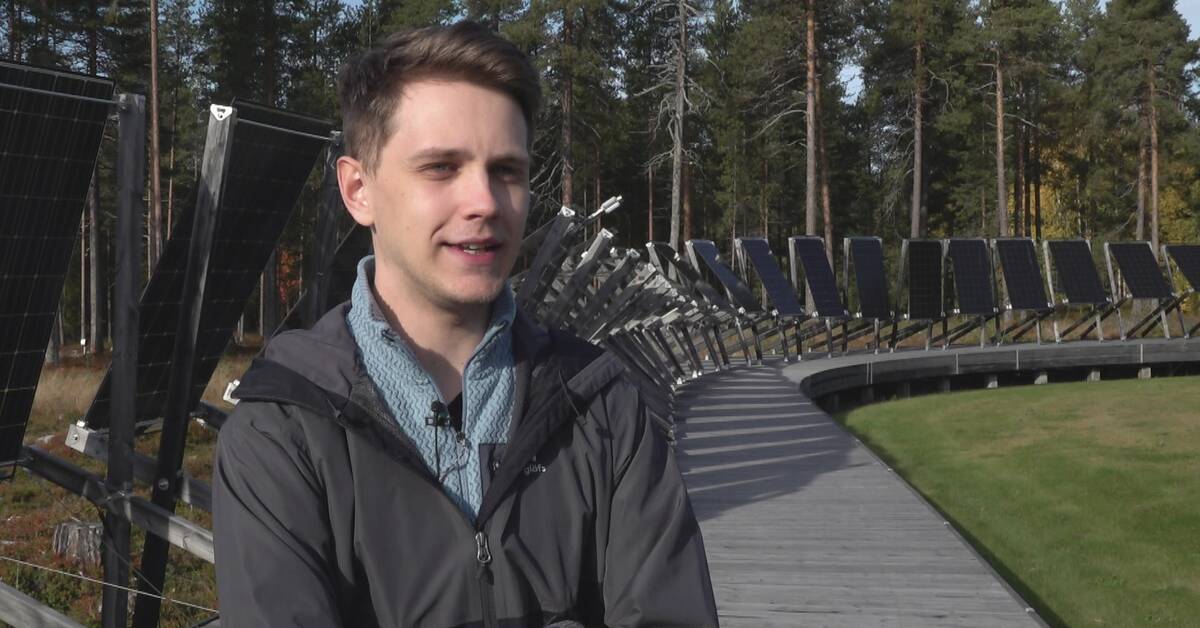At Acusticum in Piteå there is a large-scale research facility for double-sided solar panels.
Solvåg, as the facility is called, must provide answers to how production is affected by cold, wind, different tilt angles, reflection from the ground and so on.
At the facility, research is being done in particular on how well the solar panels perform during the winter months.
- We are looking at large roofs with a low slope that point east and west.
Up here in the north we have higher angles where the sun's path is different.
Research is also being done on semiconductor materials, perovskites, which are used together with silicon to use the spectra of sunlight and extract more energy from the panels, says Alexander Granlund.
Build so the snow disappears
During November, December, January there is hardly any solar radiation at all due to the snow.
But in February, March it really starts to get going.
So if you have a solar panel installation, you must make sure that it is snow-free when spring approaches.
- The absolute best thing is to build the facility in such a way that it does not accumulate snow at all, by having a steep slope and having it on a roof where snow drift protection is not needed, says Alexander Granlund.
In the clip, you hear research engineer Alexander Granlund talk about how best to make solar panels work in cold climates.

